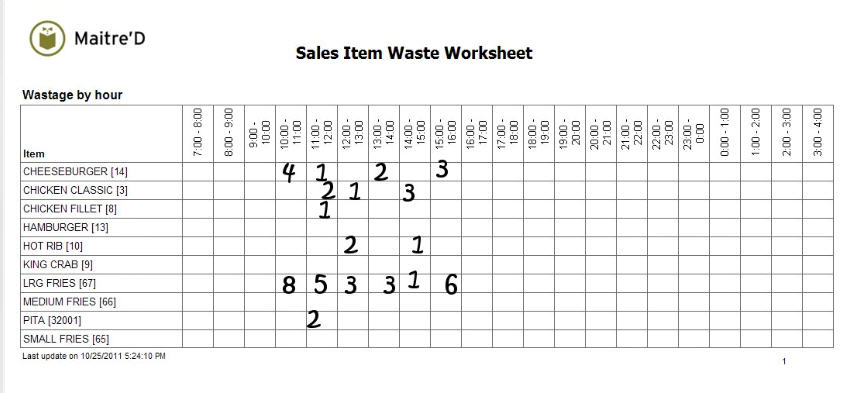“The secret,” they say, to controlling food costs is portion control. That’s part of it, for sure. But it’s only part, not really the largest part . . . and, really, it’s not a secret at all—it’s a well-defined discipline. In fact, controlling the cost of your food involves discipline in every phase of your operation: from placing orders with your suppliers to taking orders from your customers.
Now, there’s a lot of good information on this topic out there already: my personal choice for the best overview of all the issues of cost control is Cornell University School of Hotel Administration’s The Eight-Step Approach to Controlling Food Costs. It’s a free download and very useful.
But we wanted to narrow the focus, and look at the issue in a very practical way. We wanted to hone in on how owners and operators can use a full-featured POS (like Maitre'D) to put into action all the quality guidelines and best practices you read about.
In our white paper, Four Keys to Controlling Food Costs, we break down the major elements of cost control—we call it the “Cost Cycle”—and then take a closer look at how Maitre'D (or any POS in the same class) can play an important role in handling that cycle:
- We look at how to use your POS to support your buying and inventory processes, from streamlining ordering to tightening inventory management.
- We look at ways you can use it to define and govern how you issue ingredients and supplies: both before and after they reach the kitchen.
- We look at how to use tight inventory and issuing control to make pricing as much a science as an art.
- Finally, we look at how to use it to strengthen what might be the most important part of the cycle: the measuring, monitoring and tracking of your cost control efforts.

Naturally, we focus on the specific capabilities of Maitre'D, because the best cost control requires that level of functionality. But the principles and the practical steps we lay out there apply to any of the few other equally robust POS solutions. And even if that doesn’t apply to you—even if you’re using a POS “light” with limited features, or a free system with minimal customization capabilities—you’ll still take away some industry-wide best practices for purchasing, portioning, pricing and more.
Get your free download here: Four Keys to Controlling Food Costs whitepaper.

